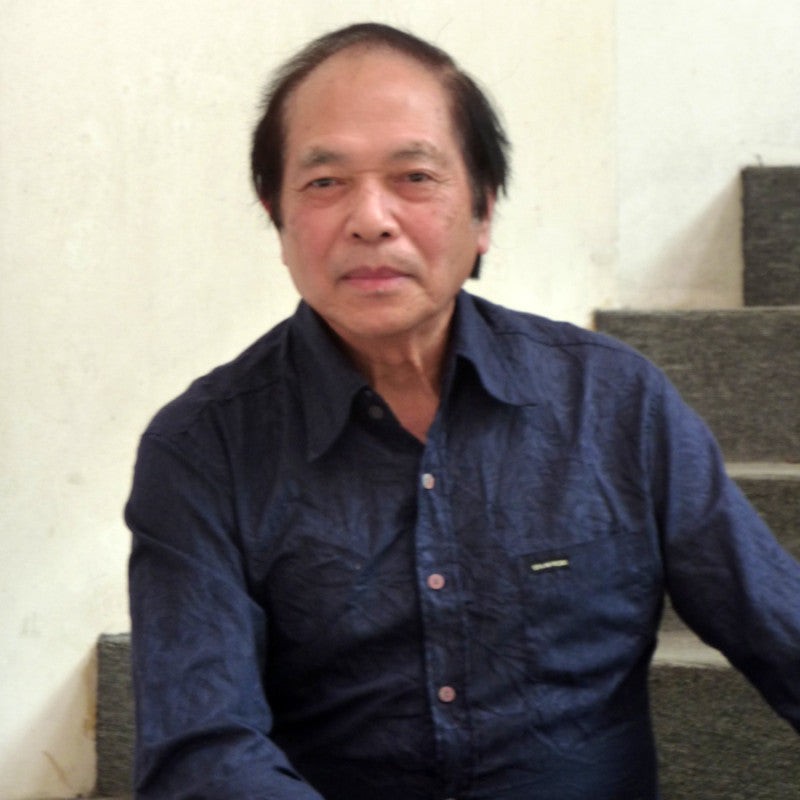Tin Yan Chan
No products found
Use fewer filters or remove all

In 1957, the city of Guangzhou in southern China held an exhibition of nineteenth century arts, which included a display of exquisite sketch work from the famous German artist, Adolph Menzel. His skills distinctly captured light and shadow, and his ability to portray themes of ordinary, everyday life into such extraordinary pictures of art inspired young artist, Tinyan Chan.
Deeply moved by his first encounter with the western work of art, Tinyan found himself filled with inspiration and imagination. From that day onward, he pursued his passion with speed and faith. At the tender age of 16, he was admitted to the Wuhan South Central China Academy of Fine Arts. Tinyan was extremely honoured to be selected among several thousand candidates from six provinces of southern China. The prospect of graduating from this renowned institution of arts inspired him as he looked forward to a bright and successful future. Many mornings he would get up early and go to the Yangtze River to watch the sunrise and paint the beautiful colour of dawn. Under the guidance of teachers, encouragement of fellow students, and the serene environment of the art school campus, young Tinyan began his journey into the world of painting with love and enthusiasm.
Tinyan was later admitted to the Guangzhou Academy of Fine Arts, where he gained access to large numbers of Chinese wood cut prints, colourful Chinese engravings, folk festival theme paintings, Chinese omen paintings, and wood carving. He began to realize the joy of creating bold compositions and expressions. This had a major influence on his future work. From 1960 to 1962, Tinyan Chan spent many after school hours at both banks of the Pearl River, making sketches of the river scene as well as the daily hustle and bustle of the villagers’ life. He soon earned the respect of his professors and fellow students. His works were often selected to be displayed in the academy bulletins.
In 1968, Tinyan immigrated to Canada and started his career as a professional artist. This was a major turning point in his life. With his experience in China and France, which embraced both ancient and modern Impressionist abstract and contemporary works of arts, he became confident in creating his own style of art work. He set up studios in Canada. He would then venture out to explore the beauty of the four seasons related to spring flowers, summer landscapes, autumn leaves and winter snows. His work encompassed the wide range of Eastern and Western themes of the Fisherman’s Wharves, and was well received by other artists and collectors. In the following years, his techniques shifted to a bold choice of themes. He experimented with new colours and the use of different tools, such as acrylic, to draw freehand sketches. This bold achievement gave him a great sense of satisfaction in his painting.
